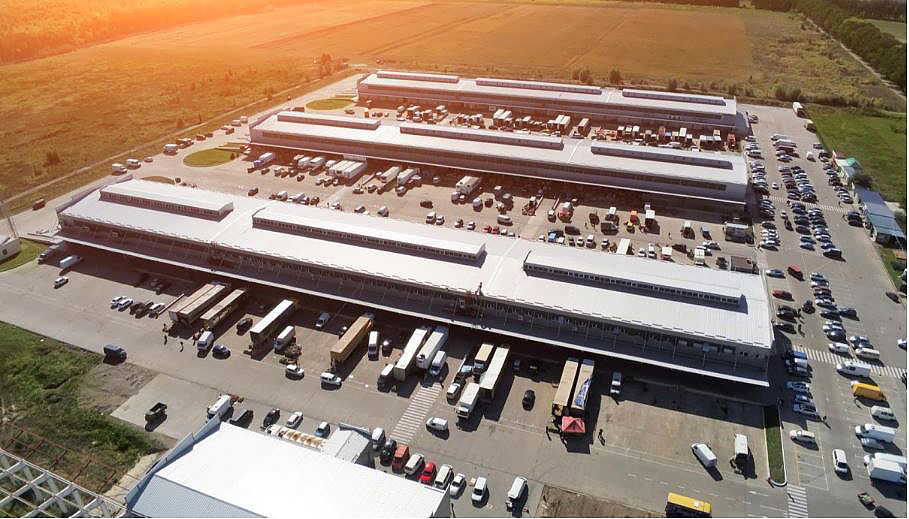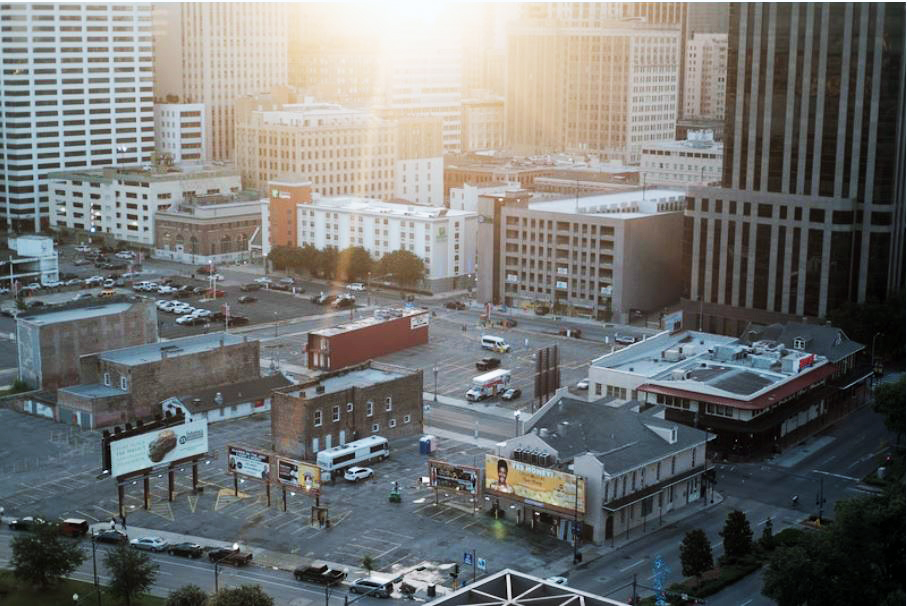An exceptionally high note. That’s how 2021 ended for the U.S. industrial market, according to the latest research from JLL.
According to JLL’s most recent U.S. Industrial Outlook report, this sector saw record-setting rent growth in 2021 and soaring net absorption. And vacancy rates? They fell to minuscule levels.
The numbers tell the story. According to JLL, industrial tenants signed leases for 122 million square feet in the fourth quarter of last year. Industrial rents rose to $7.11 a square foot during the same quarter. That continues a long trend: JLL reported that industrial rents have grown by 11.3 percent since the fourth quarter of 2020.
Absorption stats were impressive, too. More than 141.8 million square feet of industrial space was absorbed in the U.S.market in the fourth quarter, according to JLL. This was just the continuation of a boom year for the industrial sector. JLL said that year-end net absorption totals exceeded 496.3 million square feet.
Overall, net absorption in the industrial space increased by more than 81 percent on a year-over-year basis.
And for the first time in history, the vacancy rate for industrial real estate dropped below the 4 percent threshold, with this rate falling to 3.8 percent in the fourth quarter.
Who leased the most industrial space in 2021? JLL said that logistics and distribution companies leased 46 percent more industrial space last year than they did in 2019, while 3PL companies leased 41 percent more space during the same time period.
Overall tenants leased more than 500 million square feet of industrial space in 2021. This is the first time tenants have also cracked the 500-million-square-feet mark.
Not surprisingly, developers have been busy, too. JLL reported that developers completed nearly 89 million square feet of new industrial product in the fourth quarter of last year and 304 million square feet throughout the entire year.
Nearly two-thirds of the industrial buildings that these developers delivered last year were preleased, up from 45 percent in 2020 and 50 percent in 2019.
Investors haven’t been shy, either, about taking advantage of the U.S. industrial boom. According to JLL, investors sunk $143 billion in industrial facilities in 2021. That shatters the previous annual total from 2019 by 32 percent.
In the fourth quarter of last year alone, U.S. industrial investment activity hit $59 billion, good enough for an all-time quarterly record.
And for the rest of this year? JLL says that the demand for industrial space that the country saw in 2021 is expected to continue this year. JLL predicts that industrial rents will rise as demand outpaces supply. JLL also said that industrial vacancy rates might fall again this year if the availability of industrial space continues to shrink and net absorption keeps rising.









